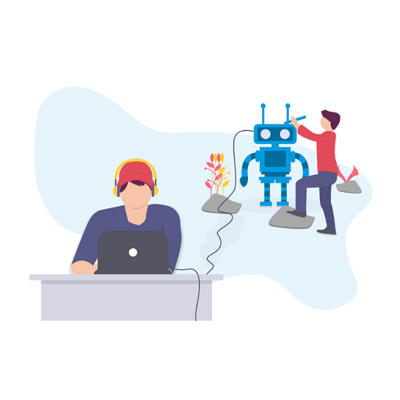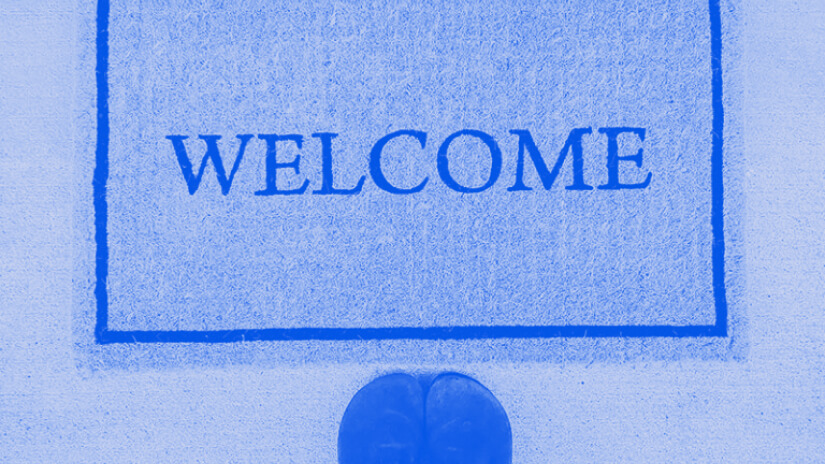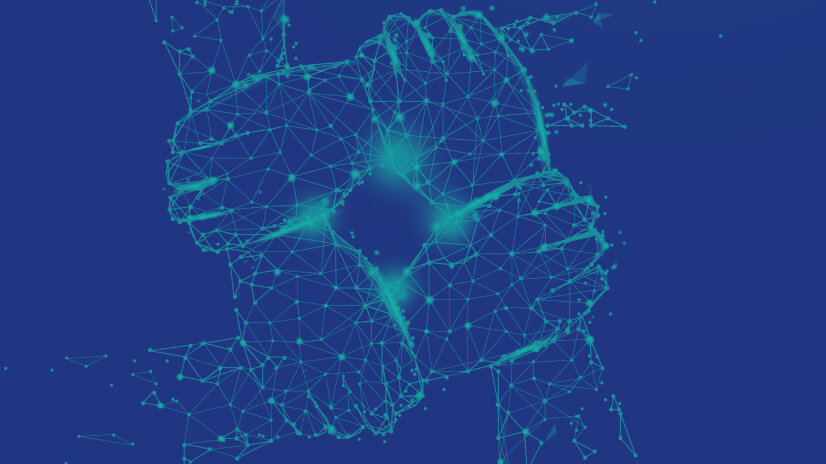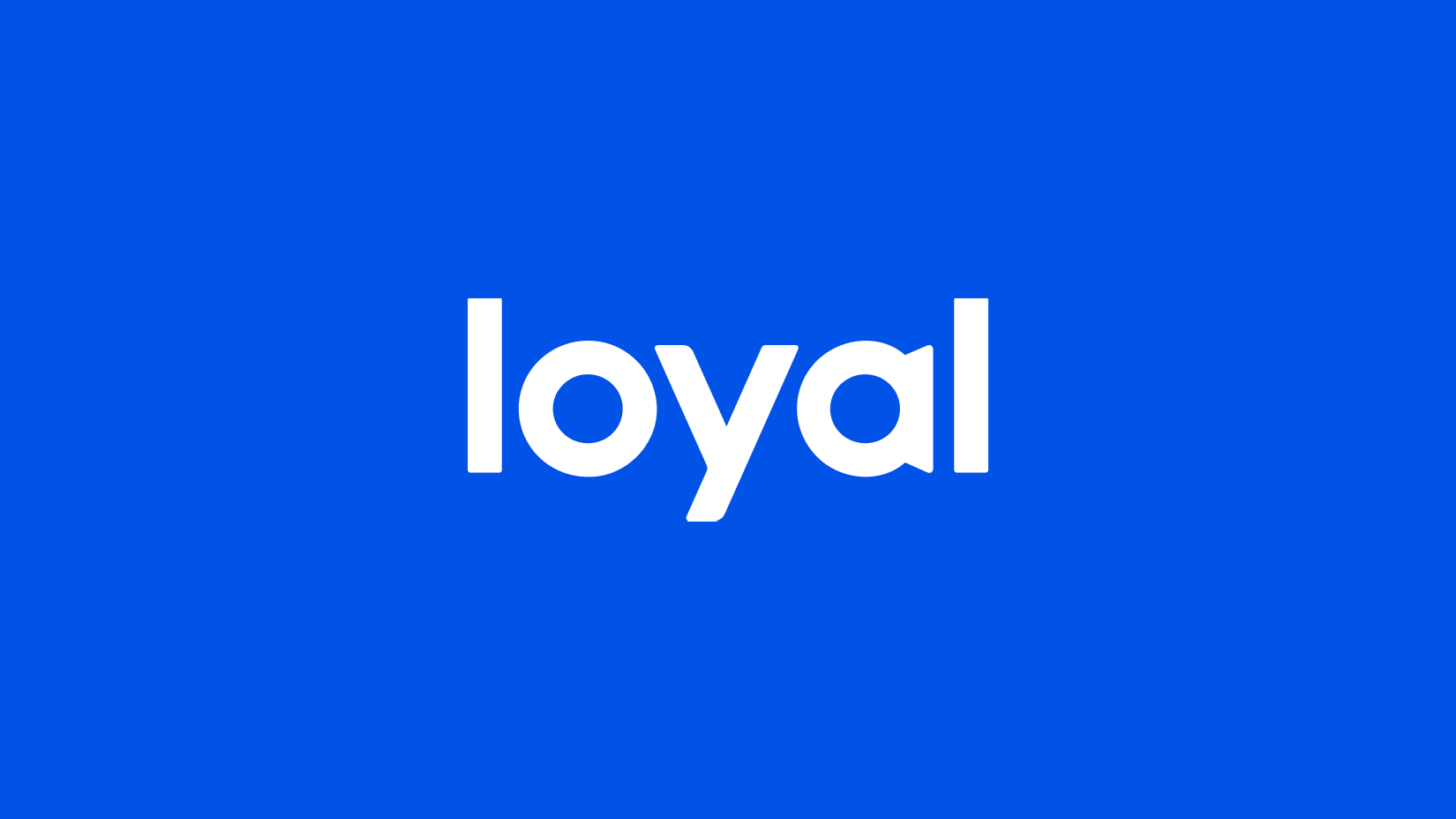Chatbots are everywhere today – and for good reason. They offer a flexible solution for organizations to automate tasks, improve the consumer experience, or to accomplish a variety of business objectives. A quick Google search reveals a number of solutions available, from enterprise level bots powered by artificial intelligence to do-it-yourself (DIY) solutions that can be customized and programmed to address specific business needs.
But not all chatbot solutions are equal.
For some healthcare providers, the cost savings associated with choosing a DIY chatbot solution might be tempting, but the limited capabilities and basic functionality will end up doing more harm than good when it comes to consumer experience.
Below are a few of the disadvantages of a DIY chatbot solution.

Narrow Focus
Sophisticated conversational AI is trained using data from millions of conversations and interactions. DIY solutions can be programmed to understand some of the questions it might encounter, but building a chatbot that understands the wide-range of questions healthcare consumers ask is difficult and time consuming.
Not Intelligent
Do-it-yourself solutions don’t typically employ machine learning and artificial intelligence, which are critical to ensuring the chatbot accurately recognizes intent. For example, a DIY chatbot might not recognize certain misspellings and return an inaccurate response that can negatively impact the healthcare consumer experience.
No Analytics Platform
Understanding consumer intent and capturing behavioral trends from conversational data requires a robust analytics platform. Unfortunately, DIY solutions don’t come with the technology stack an all-inclusive platform provides. This can leave you without a way to leverage on the type of insights the chatbot conversations can provide.
No Integration Capabilities
DIY solutions don’t typically allow integrations like live chat, online scheduling, or the ability to incorporate complex workflows. For health systems focused on the consumer experience and utilizing their chatbot as an all-inclusive platform that can perform a variety of actions within a single environment, integration is critical.
Higher Cost
Long deployment periods, dedicated internal resources like developers and content managers, and the manual work required to build a chatbot from scratch can cost more than purchasing a proven solution.
Not HIPAA-Compliant
Healthcare chatbots handle protected health information, which means that they legally need to be HIPAA-compliant. HIPAA-compliance is complex and adds another layer of difficulty when designing a chatbot from scratch.
More-likely to Crash
First impressions are crucially important. If your DIY chatbot fails the first time consumers use it then they’re less likely to try it again. This is especially bad for healthcare providers, since 1 in 5 consumers left a provider because of a poor digital experience.
Limited Starting Data
It’s easier to build a functional chatbot solution if there’s existing data to utilize. For instance, Guide incorporates global intents, or pre-programmed topics that most health systems have in common (parking, bill pay, etc.). Having this information saves time and resources trying to start without any data at all.
Do-it-yourself solutions might offer a short term solution, but the above examples demonstrate that cutting corners to save on cost could end up doing more harm in the long run. That’s why it’s better to trust proven chatbot solutions that are already in use across numerous leading healthcare providers.
To learn more about what Loyal’s conversational AI solution, Guide, request a demo.



